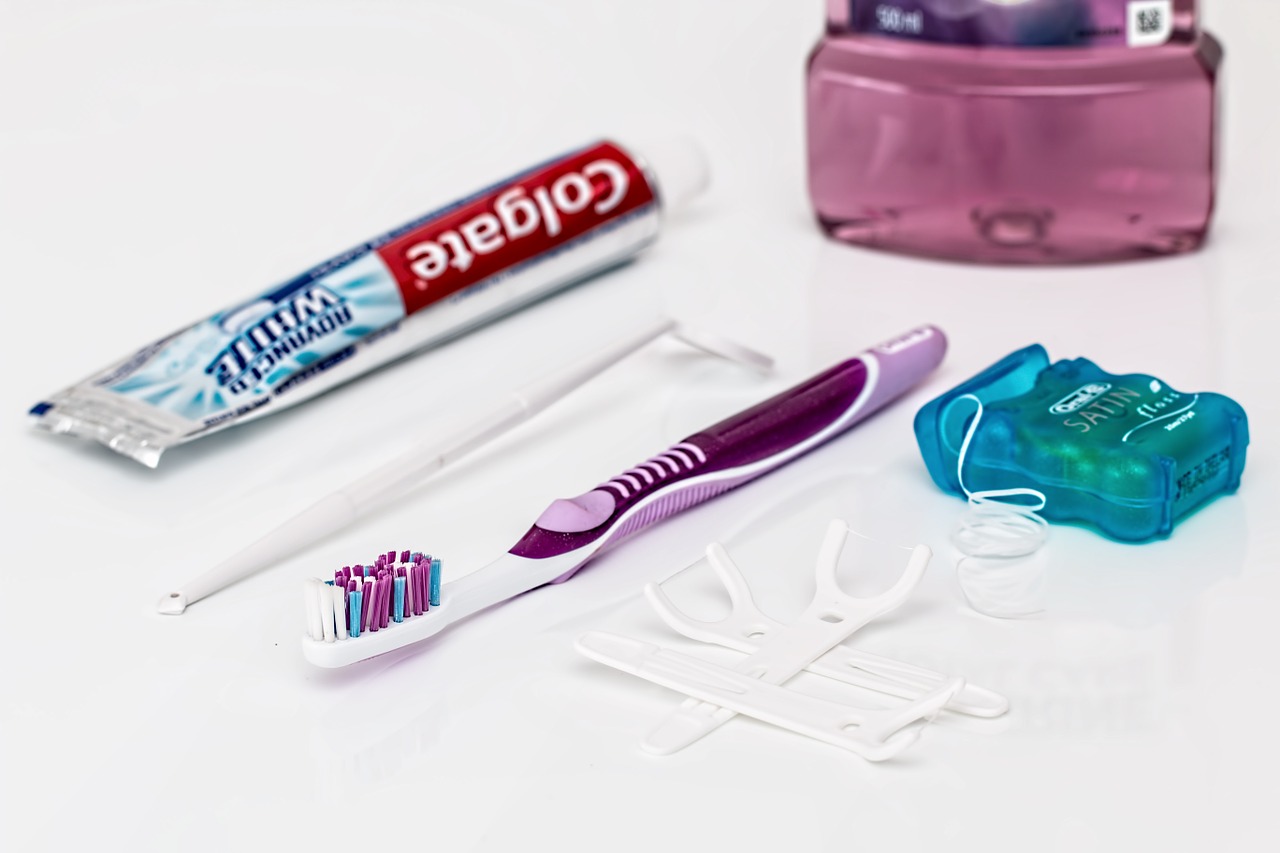The best time to floss

Flossing, not the dance but the practice of removing food particles from between your teeth with a fine piece of string, has been a contentious topic of debate for some time. Some folks floss daily, some weekly, some not at all, and most people scurry and do it right before their scheduled dental cleaning appointment. However, new studies reveal that the best time to floss may not be obvious.
Should you floss before or after brushing?
A new paper published by the American Academy of Periodontology (AAP) sought to answer that question in a new study. In a paper titled “The effect of tooth rushing and flossing sequence on interdental plaque reduction and fluoride retention: A randomized controlled clinical trial”, the authors looked at the sequencing, or timing, of brushing and flossing to remove plaque from the teeth.
As test subjects, the authors worked with 25 dental students and asked them to stop all forms of oral hygiene for 48 hours. They then conducted a two phase system to see whose teeth were cleaner after each sequence. First the dental students were asked to brush and floss, and then a week later they were asked to floss first before brushing.
The results were somewhat surprising. The authors cite that “The results showed that flossing followed by brushing is preferred to brushing then flossing in order to reduce interdental plaque and increase fluoride concentration in interdental plaque.” Meaning that if you floss first, your teeth are cleaner and the fluoride from the toothpaste ends up lasting longer in between your teeth further reducing plaque in between each tooth.
That’s somewhat surprising to me because the usual way of teaching oral hygiene is to brush first and then floss, but this study sheds light that flossing should be done first. Most dentists and oral hygienists instruct their patients to floss after brushing but flossing first makes a lot of sense, if you stop and think about it!

No Comments